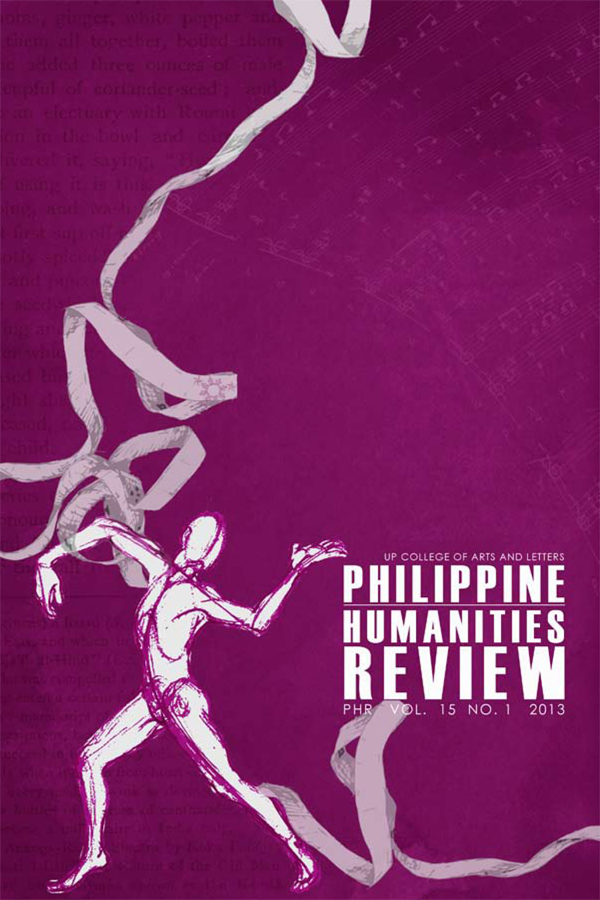Travel, Music, Books: Notes on the Musical Score in Nineteenth Century Travel Accounts of the Philippines
Abstract
In the second half of the nineteenth century, the travelogue, agenre of travel writing, provided European readers with glimpses
of the culture and art of exotic people from colonial outposts in
far-away lands. Books printed in Europe were made available to a
European audience hungry for information about its colonies and
other exotic locations. These books often included lithographs of
plants and animals, prints and photographs of native inhabitants,
costumes, and occasionally musical scores representing traditional
folk music. Scores from these books provide us with the earliest
transcriptions of traditional musical forms from the Philippines.
These samples of music allow us a glimpse into the past and give
21st century musicologists the ability to piece together a history of
Philippine music forms that existed in the Spanish colonial period.
Comparison between these samples and present-day traditional
musics still persisting alongside newer, more familiar contemporary
forms and styles.
Keywords: kumintang, travel writing, traditional song, awit, kundiman


